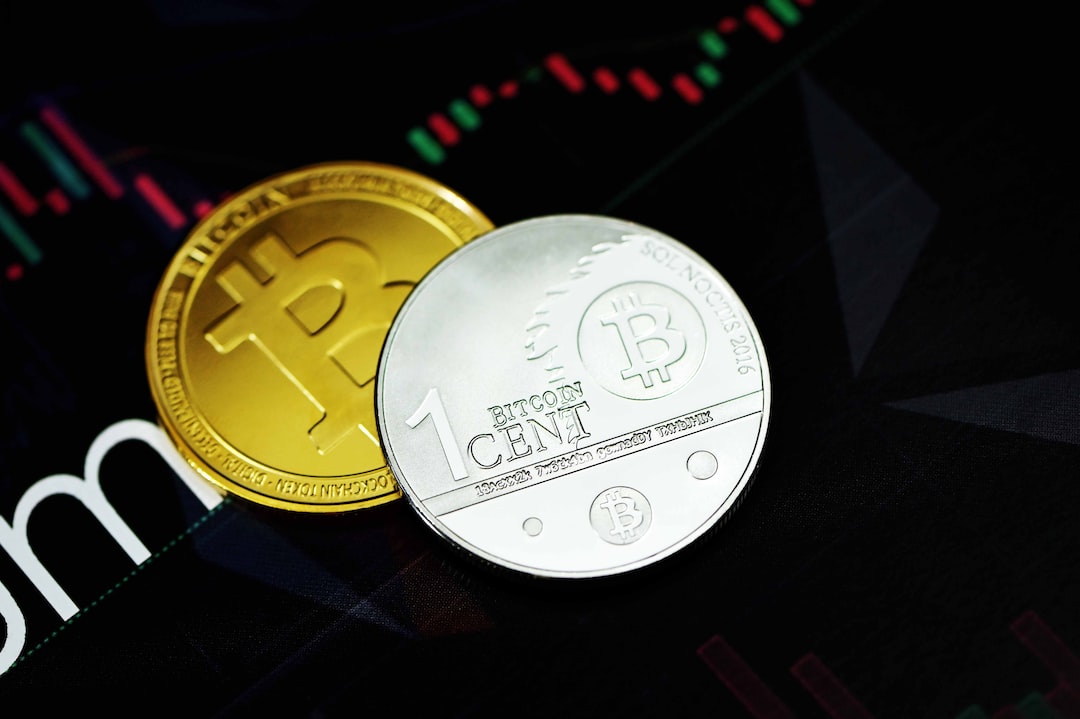The Decrease in Stablecoins on the Ethereum Blockchain
A recent report from Six Degree, an on-chain data analysis company, reveals that the recent rally in the crypto market has not been supported by a significant influx of capital into the sector. In fact, the supply of stablecoins on the Ethereum blockchain has decreased compared to 2022. This downward trend has affected assets like BUSD and USDC, while USDT has strengthened its dominance in the market. The report suggests that this decrease in stablecoins may indicate a potential growth of the stablecoin market on Ethereum before a true cryptocurrency bull run.
The Drop in Supply of Stablecoins on Ethereum
According to Six Degree’s report, the supply of stablecoins on the Ethereum blockchain has decreased by over 35% since reaching its peak in March 2022. During that time, the total supply of fiat-backed stablecoins on the chain was valued at $108 billion, compared to the current $67.5 billion. This decline was driven by a redemption of these assets that were moved from Ethereum to fiat currencies during the bear market of 2022. Only recently has the total supply of stablecoins started to grow again, albeit at a slow pace.
Composition of the Ethereum Stablecoin Market
An analysis of the Ethereum stablecoin market shows that almost half of these tokens are held in external owned accounts (EOA) owned by private users. Centralized exchanges manage around 30% of these stablecoins, while other entities like Bridge, DeFi protocols, and multisignature wallets also hold a significant portion. The report also highlights how the price performance of Bitcoin is related to the trend of stablecoin supply on Ethereum. During the last bull market, an increase in stablecoins in DeFi accompanied Bitcoin’s price growth.
Tether (USDT) Supply Growing at the Expense of USDC and BUSD
Tether (USDT) is the exception to the overall decrease in stablecoin supply on Ethereum. After a slight decrease in its total supply in mid-2022, USDT quickly recovered and reached historical highs in terms of market capitalization. On the other hand, USDC represents one of the main contributors to the decrease in stablecoin supply on Ethereum. Its presence on Tron is non-existent, and the supply of USDC has not recovered from last year’s decline. BUSD, managed by Binance and issued by Paxos, has also seen a drastic reduction in market strength due to regulatory issues.
Hot Take: The Implications for the Crypto Market
The decrease in stablecoin supply on the Ethereum blockchain may have implications for the overall crypto market. When the stable sector sees a return to its all-time highs, there may be a strong price pump for major crypto assets. This suggests that a growth of the stablecoin market on Ethereum could precede a true cryptocurrency bull run. However, it remains to be seen whether this trend will continue and if USDC can attract capital for DeFi applications. The future of BUSD is uncertain due to regulatory challenges. Overall, these developments highlight the importance of stablecoins in the crypto ecosystem.





 By
By
 By
By
 By
By

 By
By
 By
By